|
I was singing that song to myself with the appropriate word substitution, to myself periodically as I ambled around the Sorolla: Spanish Master of Light show at the National Gallery. It is on until 7th July and is well worth going to. It is the perfect show to take us from spring into summer. I tend to repeat myself in this blog but I am hoping no one is reading enough to pay attention but one thing I really appreciate in art museums is when the bring to our (my/your) attention artists who you may not have heard of but really should of. Sorolla is one such of these. I'd never even heard the name before, let alone seen the art but now I am glad both of these things have been rectified. You may have seen the poster of the women making a sail around the place. It is a good indication of what is on show but there is also more subtly to be had. Sorolla is basically a Spanish impressionist but he strays more into classical style and subjects than his French colleagues. He is also a family man and his family and home are a central theme to his art. He therefore treads the well worn path of sleeping with and marrying his model but in his case it happens the other way round. He married Clotilde (for that was her name), the daughter of one of his major patrons (smart move) and then she became his muse. As also did his children depicted to stunning effect in the painting above. His works photographs well but is as is often the case, so much more impressive in person. Not least because his canvases are quite big. This three person portrait is about the size of a medium sized table. I like the way their faces are in half shadow, or in the case of the youngest almost in full shadow. The way his canvas or easel cuts into the picture is also odd and make the scene somehow more interesting. The most standout of the three though is the middle figure, his eldest daughter who is 14 or so at the time of this painting. The impact in the original is even more startling but you get a sense of it here. The knowing look. It is haunting and challenging, compared to the son's haughty disinterest. It is easy to project a theme of the coming of age onto this picture. And in the background a shadow figure approaching them. Who is that? It is really good and I think my favourite in the whole show. I kept coming back to it.
Sorolla (Joaquin Sorolla y Bastida to give him his full name) also did a self portrait (above right) which I find rather engaging. The expression is an odd one, as though he has just caught site of himself in the mirror and is not entirely pleased with what he sees. All of these pictures have a slightly soft focused, softened edges approached, with the background vague and ephemeral, and other words. So that then are the Sorollas. What justification for the pater familia being dubbed Spanish Master of Light. Well the case is quite convincing. There are various paintings of his family out and about, in the garden and elsewhere. There is a particularly fine portrait of his wife sitting on a cliff top, toying with a camera. Wind swept by the sea suits Sorolla though as we can see in this painting above left of his wife and daughter promenading along the seafront. Promenading is the same as walking, just you are overdressed. This painting, strolling along the seashore captures a good sense of movement. This is done mainly by the billowing of the diaphanous shawls blowing behind them, and the mother clutching at hers. You can feel the wind blowing off the sea. The positioning of the figures is finely observed. This is very much people moving forward. What I really appreciate here is the subtle different shades of white. The way the shadow are done and particularly the sheer material over the arms. Its very nice. Sea, wind and sun. He does a similar trick in a picture of his daughter's skipping. One figure is caught mid air, her feet entirely off the ground, with the skipping rope sweeping down behind her. The movement is particularly defined by her shadow, leaping underneath her. Both these (and other pictures) were almost certainly sketched on the spot and then worked up again later, probably with the help of the models. One though looks like it was entirely painted in-situ (plein air is the awful arty term) and that is the Siesta (above right). The style is much loser and quicker but he has really caught the play of the sun and the shadow, again particularly on the rendering of the dresses and their is a real sense of repose and relaxation. It has more of a dreamy, instant quality. Not describing this very well. It is always nice though to see the more natural paintings next to the more composed
In a similar vein he was commissioned to produce a large set of screens featuring similar scenes for a museum in the U.S. (I forget which one) for which the above right is a preparatory sketch. The above left is similar to the planned painting. Another room shows a scene similar to the one planned for the middle of the panel. It shows two oxen pulling a small sailing ship out of the surf. Changing tack to the beach. It was, apparently, the custom in the late 19th centuries for boys beneath a certain age (presumably puberty) to swim in the sea naked. Girls of course did not. Sorrola depicts this and in modern times these pictures have,. particularly in the case of the one above left, somewhat different connotations. Museums are oddly coy about such things, and this like in other similar cases, fail to mention it. I find this absence odd. Anyway it again shows Sorolla's masterly use of light and in this case the texture of skin. It very well depicts a joyous abandon. This is likewise shown in the other seaside picture this one again showing Sorolla's capacity to depict movement. What I particularly like is the reflection of the foremost girl. I also like the different light and shadows on the surface of the water.
The effect is exaggerated or enhanced by the blurry nature of the figures, as though obscured by a heat haze. All these photos are pinched from the National Gallery website and the one above left is a close up of a large piece showing children playing in the sea. There is a room of large pictures. The bulls pulling the sail ship is there but also what has a shout at being the finest picture in the display, the above, the Sewing of the sail. The sail, furled and ruffled on the floor cuts a white shaft through the picture. The tones are subtle here but the lifted left side is brighter and whiter than the clumped sail on the floor. The figures are in motion here, a skill of Sorolla's that I left the exhibition really. Then lying on the left wall an foliage in a panoply of green and pink, the pink reflecting the shirts of some of the figures. It is a fine piece.
Next week, the British Museum. In the meantime why not have a look at my gallery. Tell me what you think.
0 Comments
Leave a Reply. |
Archives
June 2024
Categories |
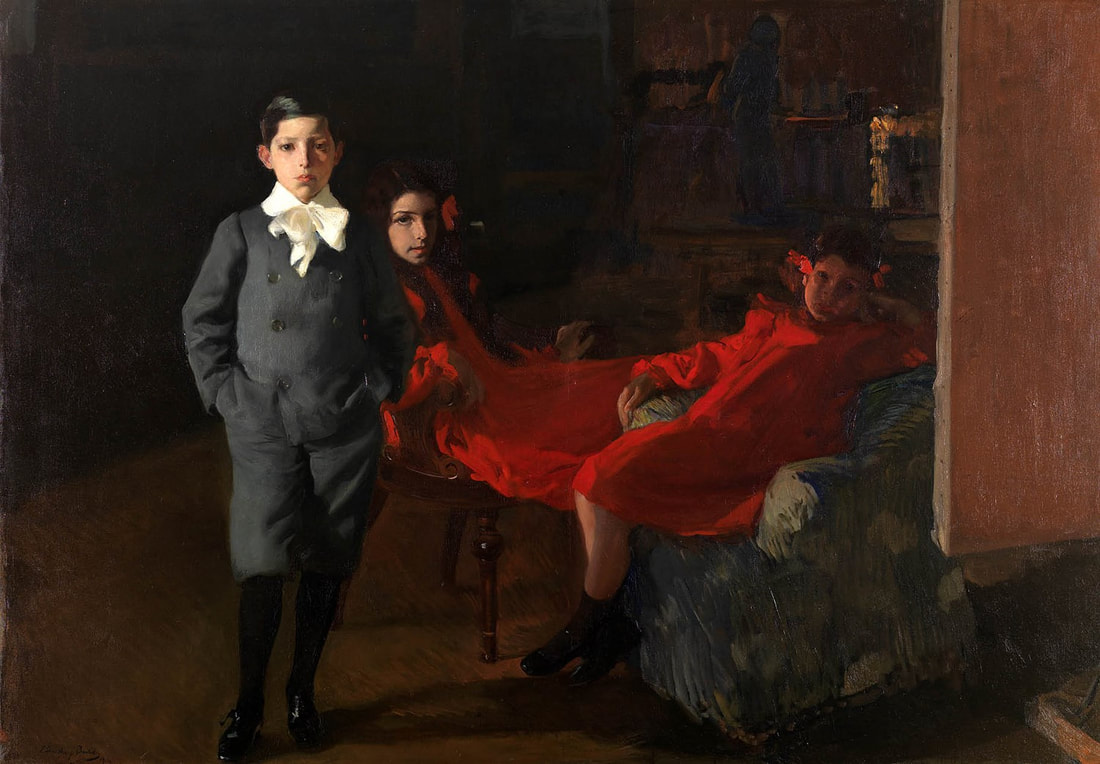
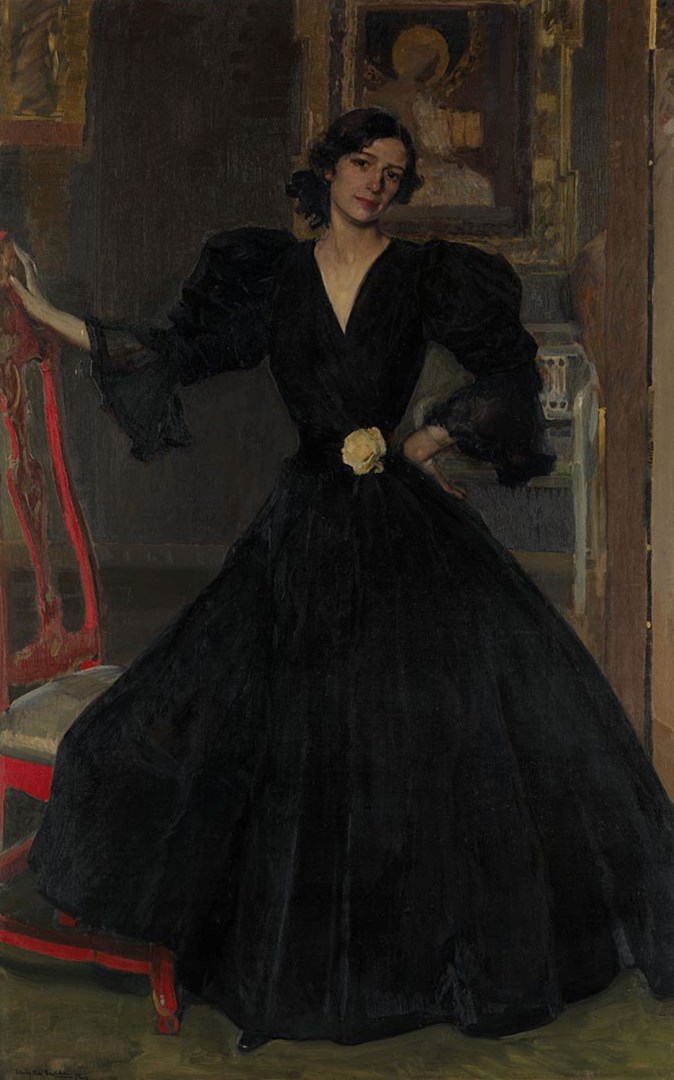
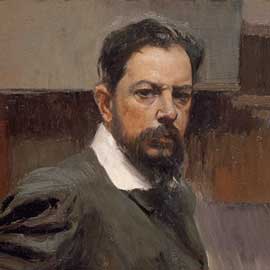
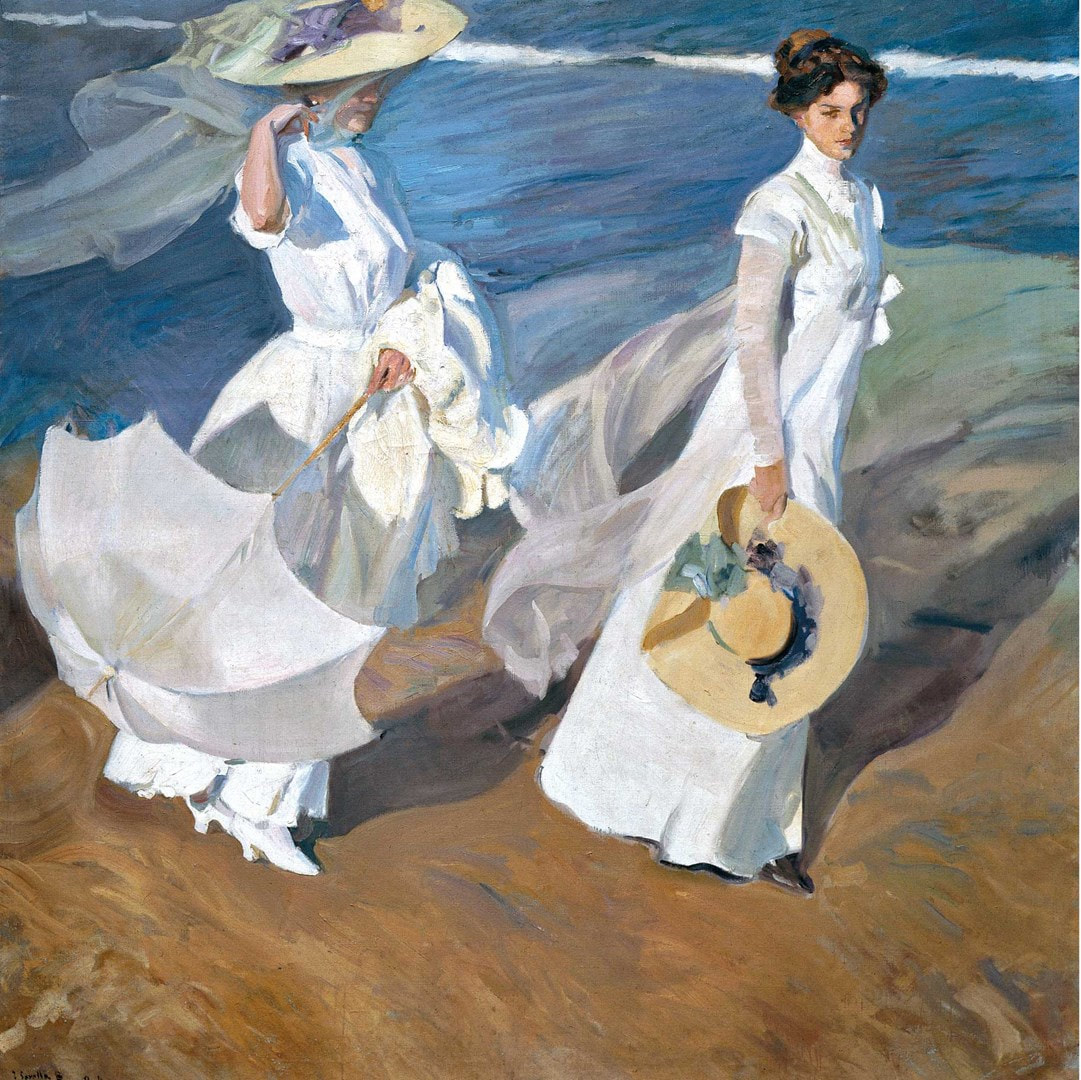
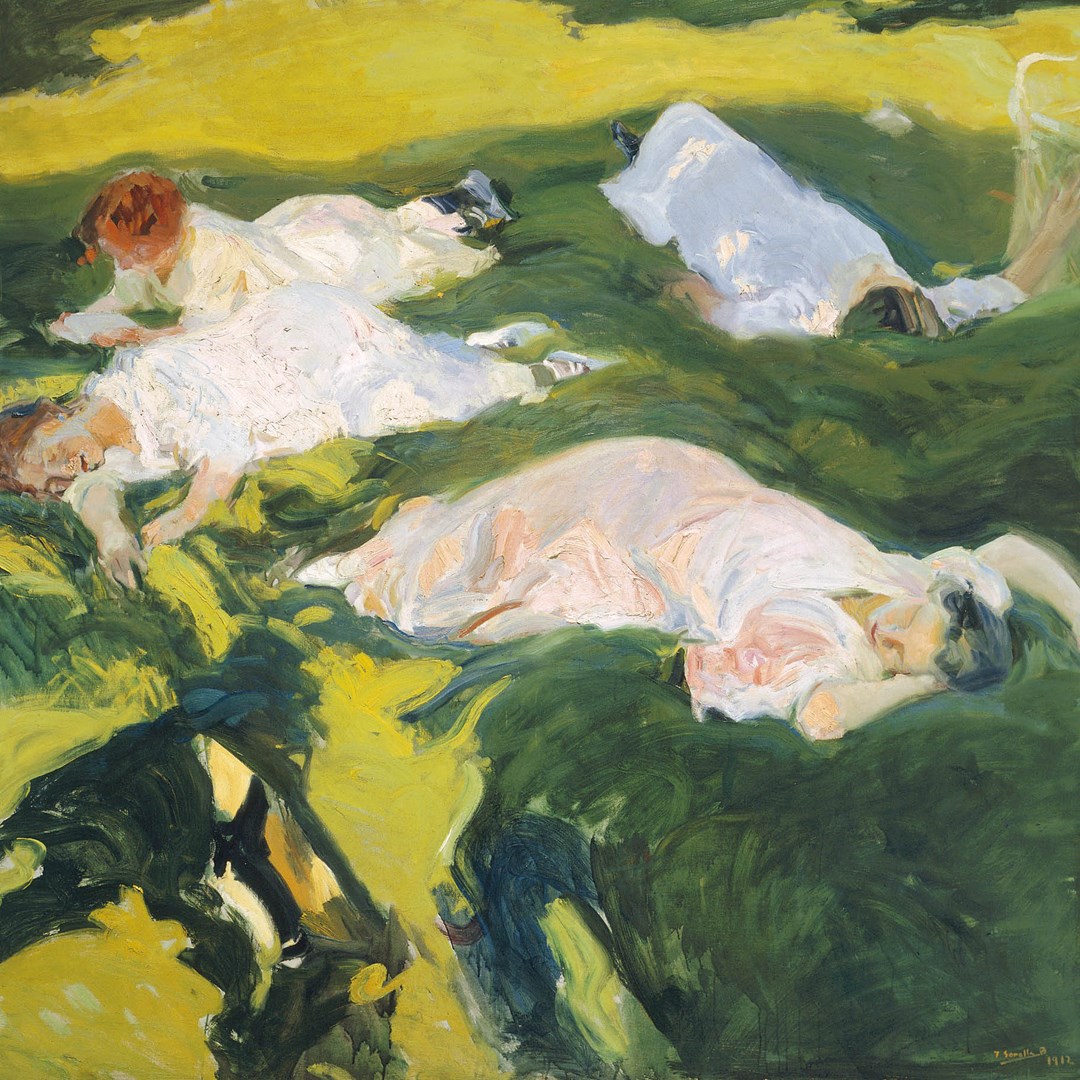

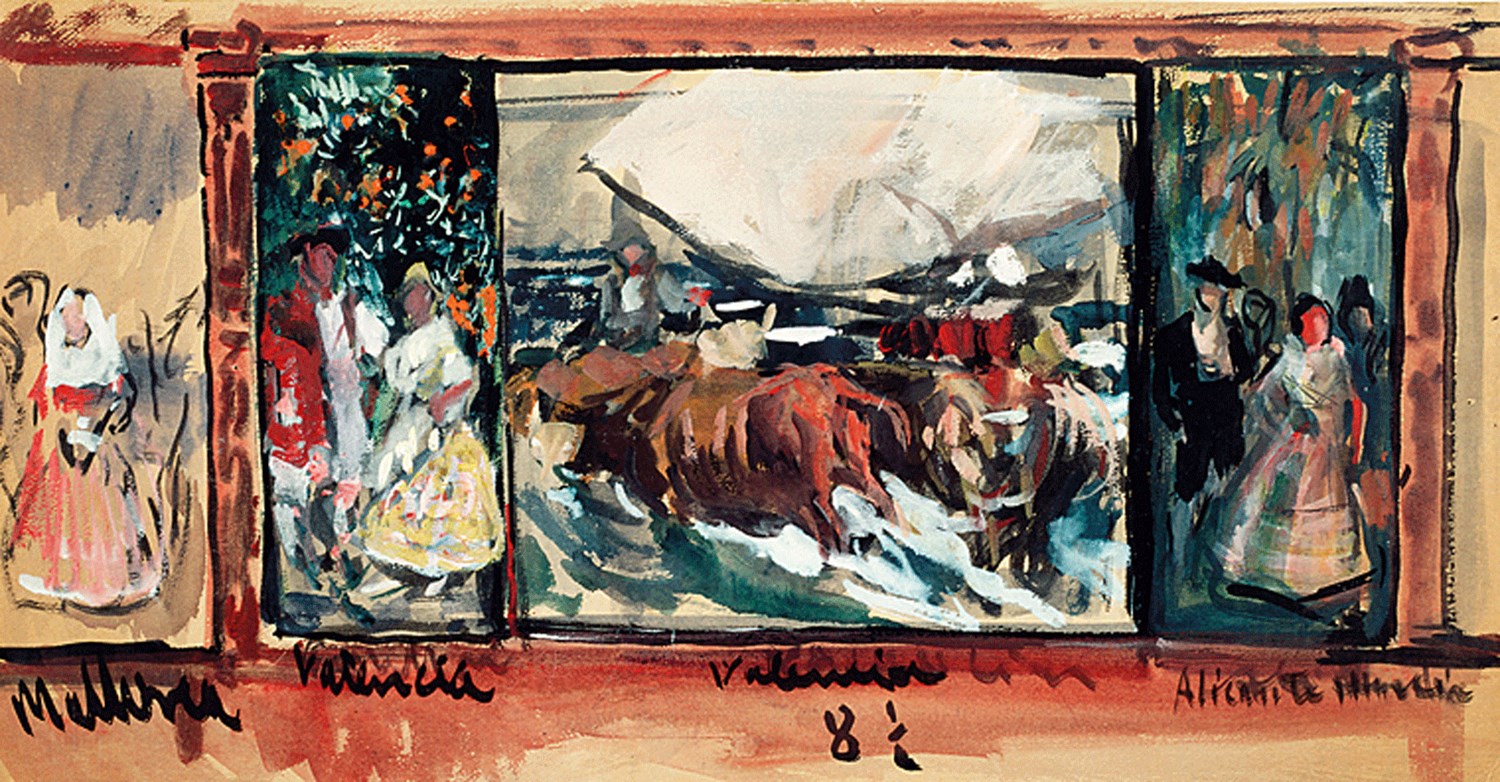
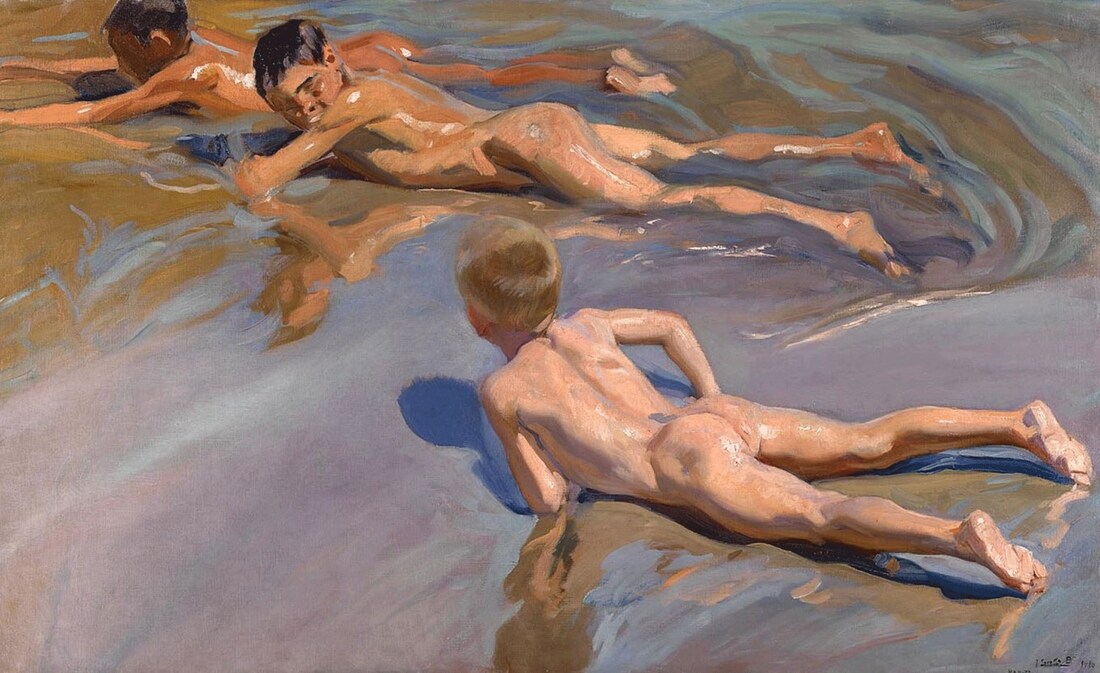
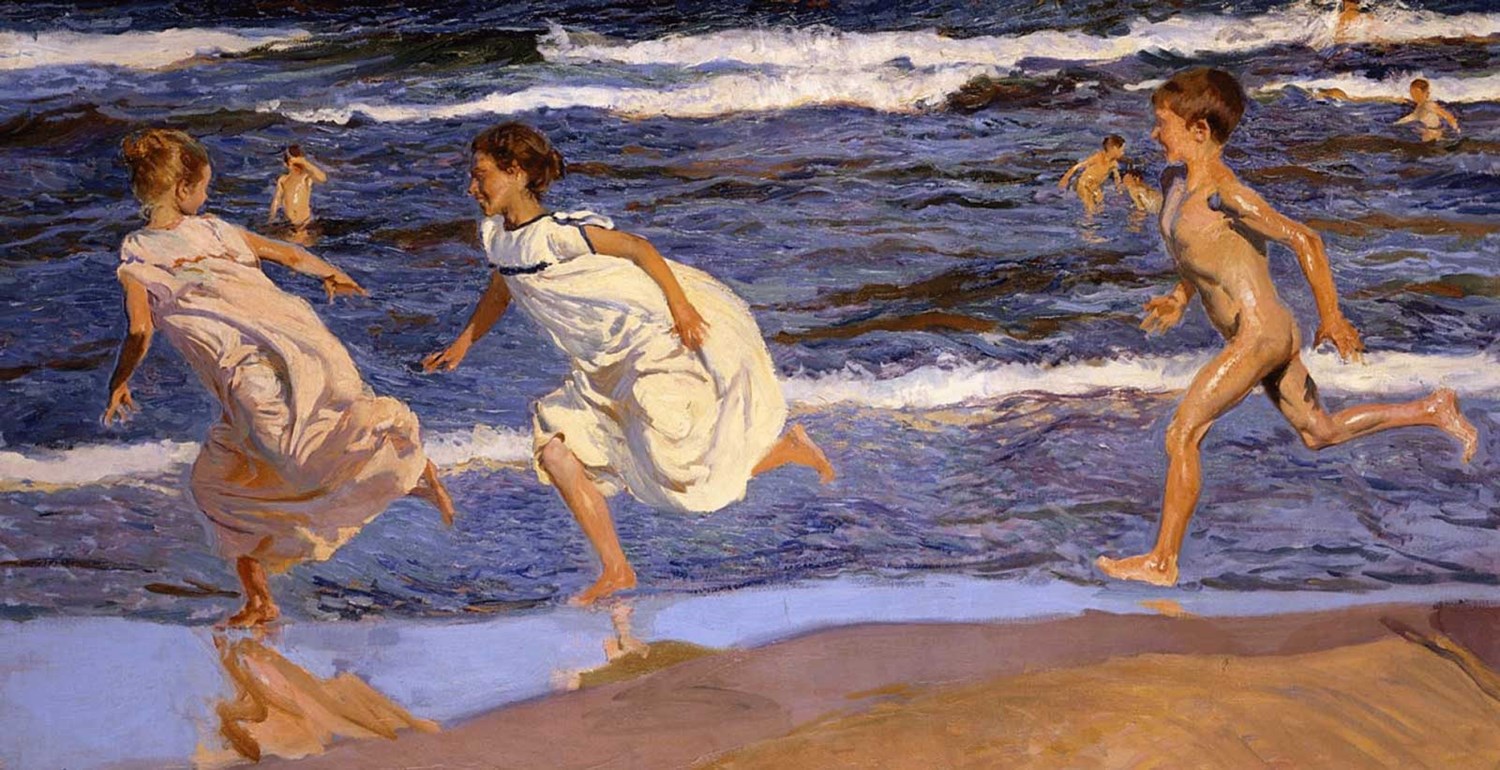
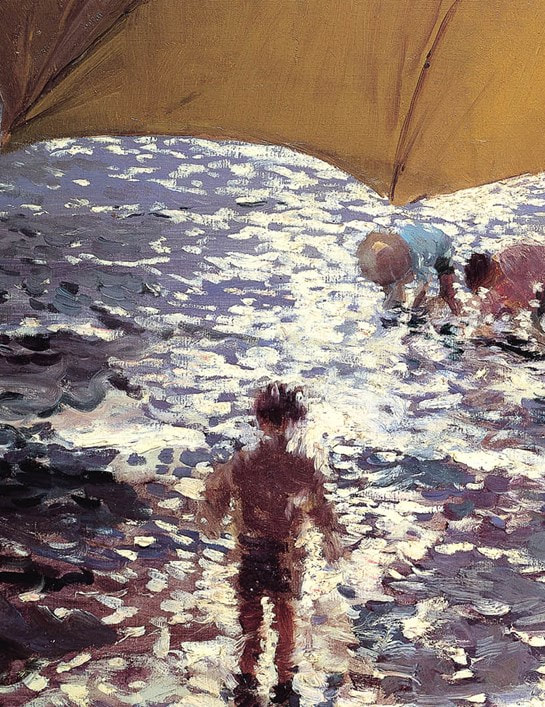
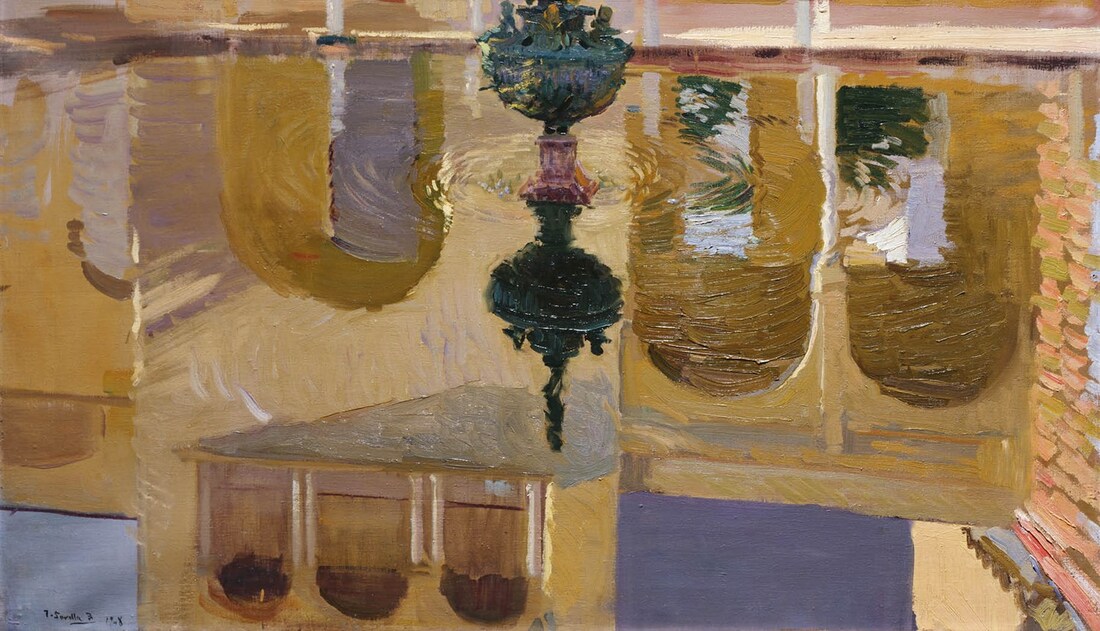
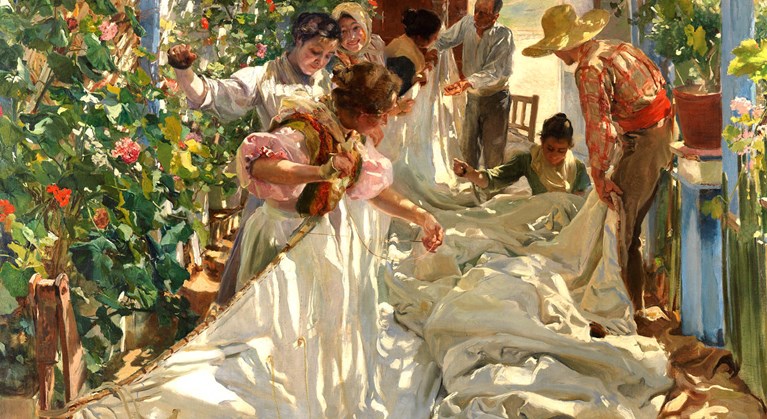
 RSS Feed
RSS Feed